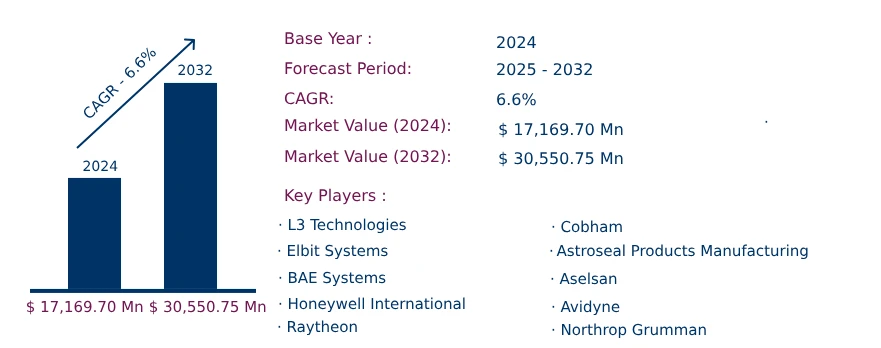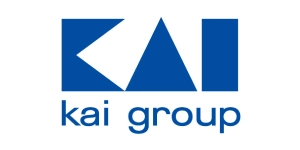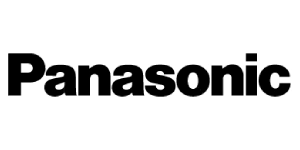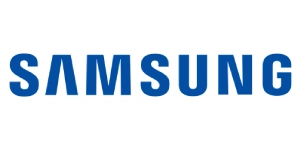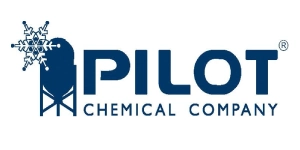Global Airborne Lightning Detection System Market to Reach USD 30,550.75 Million by 2032 | CAGR of 6.6%
Category : Aerospace and Defence | Published Date : Jan 2025 | Type : Press Release
Airborne Lightning Detection System Market Scope & Overview:
In the newly published report, Consegic Business Intelligence states that the Airborne Lightning Detection System Market was valued at USD 17,169.70 million in 2024 and is projected to grow at a CAGR of 6.6%, reaching USD 30,550.75 million by 2032. These systems are critical for detecting hazardous lightning conditions, ensuring safety for aircraft operations, and minimizing disruptions to air traffic. Equipped with advanced technologies such as sensors, antennas, and communication systems, airborne lightning detection systems provide real-time alerts and insights for mitigating the risks associated with lightning strikes.
The report comprises the Airborne Lightning Detection System Market Share, Size & Industry Analysis, based on Component Type (Sensors, Antennas, Data Processing Units, Communication Systems, Display), Technology (Radio Frequency Detection, Electro-Optical Detection, Satellite-Based Detection), Aircraft Type (Fixed-Wing, Rotary-Wing, UAV), Fit Type (Linefit, Retrofit), Application (Commercial Aviation, Military Aviation), and Region (North America, Europe, Asia-Pacific, Middle East & Africa, Latin America), and Forecast, 2025-2032.
The report contains detailed information on Airborne Lightning Detection System Market Trends, Opportunities, Value, Growth Rate, Segmentation, Geographical Coverage, Company Profiles, In-depth Expert Analysis, Revenue Forecast, Competitive Landscape, Growth Factors, Restraints or Challenges, Environment & Regulatory Landscape, PESTLE Analysis, PORTER Analysis, Key Technology Landscape, Value Chain Analysis, and Cost Analysis.
Segmental Analysis :
Based on component type, the market is segmented into Sensors, Antennas, Data Processing Units, Communication Systems, and Display.
- The sensors segment accounted for the largest revenue share in 2024, driven by their capability to detect lightning activity over long distances and provide real-time alerts for enhanced flight safety.
- The antennas segment is expected to grow at the fastest CAGR, supported by advancements in electromagnetic wave detection technologies.
Based on technology, the market is segmented into Radio Frequency Detection, Electro-Optical Detection, and Satellite-Based Detection.
- The radio frequency detection segment held the largest market share in 2024, attributed to its ability to provide precise data on lightning strikes for pilot navigation.
- The satellite-based detection segment is projected to grow rapidly, benefiting from its ability to cover vast geographical areas with high observation accuracy.
Based on aircraft type, the market is segmented into Fixed-Wing, Rotary-Wing, and UAV.
- The fixed-wing segment dominated the market in 2024, supported by high adoption in commercial and military aircraft for detecting and mitigating weather-related risks.
- The rotary-wing segment is anticipated to grow at a notable CAGR, driven by increasing demand in helicopter operations in challenging weather conditions.
Based on fit type, the market is segmented into Linefit and Retrofit.
- The linefit segment accounted for the largest market share in 2024, driven by its seamless integration into new aircraft designs and enhanced operational efficiency.
- The retrofit segment is expected to grow significantly, fueled by the modernization of existing aircraft fleets to enhance safety measures.
Based on application, the market is segmented into Commercial Aviation and Military Aviation.
- The commercial aviation segment held the largest revenue share in 2024, driven by regulatory mandates to enhance passenger safety and increasing air traffic.
- The military aviation segment is projected to grow at the fastest rate, attributed to rising defense spending and demand for advanced navigation systems.
Based on regions, the market is segmented into North America, Europe, Asia-Pacific, Middle East & Africa, and Latin America.
- Asia-Pacific: Valued at USD 3,568.53 million in 2024, the region is projected to grow significantly, driven by increasing air traffic and investments in aviation safety technologies in China and India.
- North America: Expected to maintain strong growth, supported by robust aerospace infrastructure and the presence of key market players.
| Report Attributes | Report Details |
| Study Timeline | 2019-2032 |
| Market Size in 2032 | USD 30,550.75 Million |
| CAGR (2025-2032) | 6.6% |
| Component Type | Sensors, Antennas, Data Processing Units, Communication Systems, Display |
| Technology | Radio Frequency Detection, Electro-Optical Detection, Satellite-Based Detection |
| Aircraft Type | Fixed-Wing, Rotary-Wing, UAV |
| Fit Type | Linefit, Retrofit |
| Application | Commercial Aviation, Military Aviation |
| By Region | North America(U.S., Canada, Mexico) Europe(U.K., Germany, France, Spain, Italy, Russia, Benelux, Rest of Europe) APAC(China, South Korea, Japan, India, Australia, ASEAN, Rest of Asia-Pacific) Middle East & Africa(GCC, Turkey, South Africa, Rest of MEA) LATAM(Brazil, Argentina, Chile, Rest of LATAM) |
Top Key Players & Competitive Landscape :
The competitive landscape encompasses major innovators, aftermarket service providers, industry giants, and niche players, all of which are thoroughly examined by Consegic Business Intelligence in terms of their strengths, weaknesses, and value-addition potential. This report includes detailed profiles of key players, market share analysis, mergers and acquisitions, resulting market fragmentation, and emerging partnership trends and dynamics.
List of prominent players in the Airborne Lightning Detection System Industry:
- L3 Technologies (US)
- Elbit Systems (Israel)
- BAE Systems (UK)
- Honeywell International (US)
- Raytheon (US)
- Cobham (France)
- Astroseal Products Manufacturing (US)
- Aselsan (Turkey)
- Avidyne (US)
- Northrop Grumman (US)
Recent Industry Developments :
- July 2024: NASA collaborated with ALOFT to deploy its advanced lightning detection systems aboard the ER-2 aircraft, enhancing atmospheric research capabilities.
- September 2024: Honeywell launched its next-generation IntuVue RDR-7000 Weather Radar System to optimize aviation safety in adverse weather conditions.
